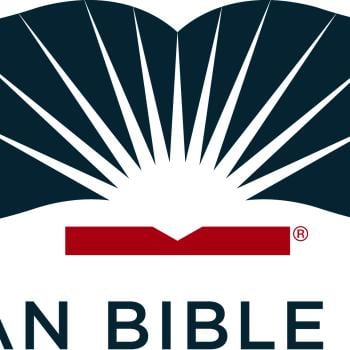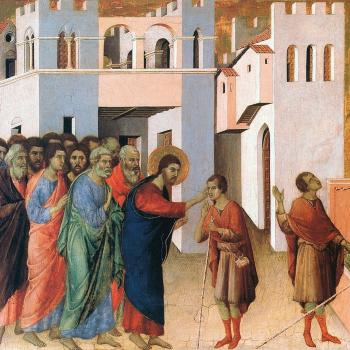By Ben Spackman
 After spending four years making a PBS documentary about Mormonism, Helen Whitney remarked, "it is hard to overestimate the amount of ignorance surrounding Mormons." Many people have heard of the Book of Mormon, but know little about its content. Often, upon learning of its existence as a sacred book within Mormonism, the first question asked is whether it displaces the Bible (as does the Qur'an in Islam) or coexists with it. Not only do the Bible and Book of Mormon coexist within the Mormon canon of scripture, but two other books are also included in the LDS canon, which remains theoretically open to the addition of yet other revelations that could be canonized.
After spending four years making a PBS documentary about Mormonism, Helen Whitney remarked, "it is hard to overestimate the amount of ignorance surrounding Mormons." Many people have heard of the Book of Mormon, but know little about its content. Often, upon learning of its existence as a sacred book within Mormonism, the first question asked is whether it displaces the Bible (as does the Qur'an in Islam) or coexists with it. Not only do the Bible and Book of Mormon coexist within the Mormon canon of scripture, but two other books are also included in the LDS canon, which remains theoretically open to the addition of yet other revelations that could be canonized.
The Bible was central to Joseph Smith's theology and preaching, as well as the primary catalyst in pushing him to ask God particular questions, resulting in the addition and expansion of distinctive Mormon doctrines. As elucidated by Philip Barlow's Mormons and the Bible, the Bible has been a central part of LDS doctrine and teaching since Joseph Smith's day, at times even overshadowing the Book of Mormon. One surprising study by the Barna Group in 2001 reported that "Mormons are more likely to read the Bible during a week than are Protestants." (Protestants, we can safely assume, are much less likely than Mormons to read the Book of Mormon.)
The Book of Mormon, translated by Joseph Smith from golden plates, tells the story of three groups of people who were guided by God to somewhere in the Americas. One popular misconception about the Book of Mormon is that these people were part of the ten so-called "Lost Tribes" of the Northern Kingdom, carried away and resettled by the Assyrians c. 722 B.C.E., but this is not the case. The primary group, eventually known as Nephites (pronounced knee-fights), fled Jerusalem shortly before its destruction at Babylonian hands c. 587 B.C.E. Mormon (c. 400 C.E.), one of their prophets, compiled and edited the records kept by them, which contained their revelations and prophecies, as well as wars and eventual downfall, and this edited volume took on his name, becoming known as the Book of Mormon.
Besides the Bible and Book of Mormon, the LDS canon also includes two other books: The Pearl of Great Price, and the Doctrine and Covenants. The Pearl of Great Price is a short eclectic collection of writings, including the Book of Moses, the Book of Abraham, an extract of Joseph Smith's prophetic expansion of Matthew 24, an extract from church history about Joseph Smith's early religious experiences, and the Articles of Faith, a list of 13 semi-creedal statements that he provided to a Chicago newspaper editor when asked what Mormons believe. Each of these has its own complex and interesting history, beyond the scope of this article.
The Doctrine and Covenants (D&C), in contrast to the other three books, has a very modern setting. It contains revelations to Joseph Smith given in the early days of the LDS Church and a few from later. These revelations vary in scope and purpose; some are doctrinal, others organizational, yet others very personal. One of the main points made to Mormons by the mere existence of the D&C, and expressed in the 9th Article of Faith, is that the heavens were not closed with the death of the New Testament apostles, and even today, God may have greater knowledge or current instruction to convey to us.
Protestants often approach Mormonism as if it were another sola scriptura religion that differs in only having an expanded canon of scriptura, but this misses something fundamental. Mormons do not just have more scripture, but a completely different authority structure surrounding that scripture, one of modern-day prophets and apostles who may receive further revelation as well as provide authoritative interpretation. Ironically, one of the clearest statements of this Mormon principle was put forth by Richard Mouw, an Evangelical scholar writing in a Mormon publication:




